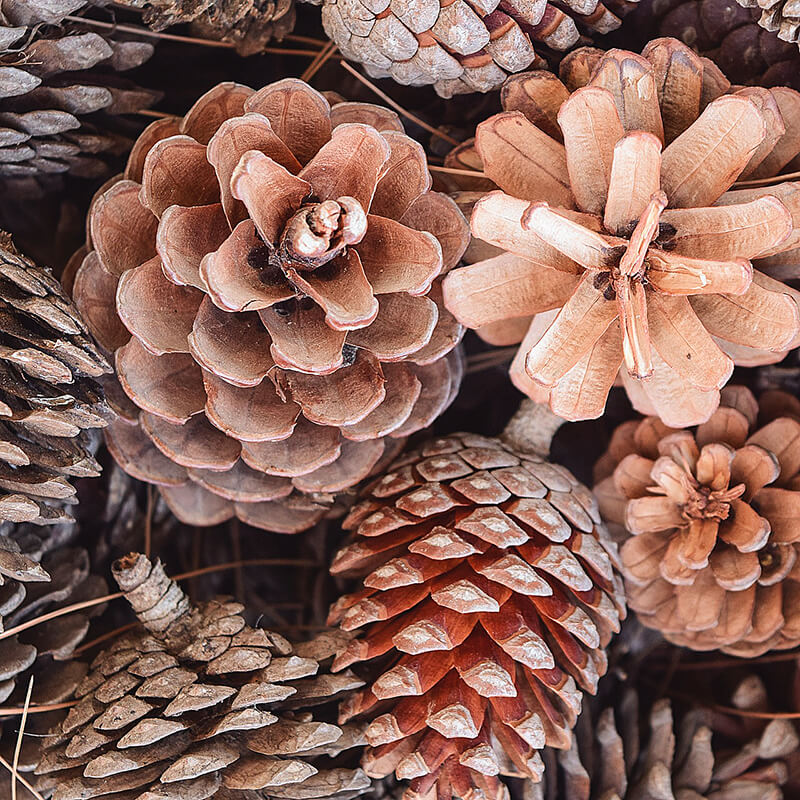 Relevancy and Engagement
miagclassroom.org
Relevancy and Engagement
miagclassroom.org

Growing Up Evergreen
In this activity, students will explore how evergreen trees grow from cone to maturity by reading Where Would I Be in an Evergreen Tree? by Jennifer Blomgren and by making a bird feeder from a pine cone.
Time to Complete
60 minutes
Materials
- Where Would I be in an Evergreen Tree? by Jennifer Blomgren
- Conifer cones, one per student.
- You can find these in a variety of places. In your local woods (if applicable and snow is not covering the ground), at local Christmas tree farm if you have one, or at a craft store.
- String
- Peanut butter
- Black oil sunflower seeds
Procedures
- Ask your students what kind of tree they think is the biggest on earth. What about the tallest? The oldest? If they guessed conifers all three times, they’re right! (giant sequoia, coastal redwood, and bristlecone pine old, in that order. Amazingly, all three grow in the United States.)
- Continue asking questions such as:
- How do these remarkable trees grow from a tiny seed to a full-grown, often massive, conifer?
- What happens to them after they get old and die?
- Do any animals depend on them for food and shelter—what kinds of animals?
- Read Where Would I be in an Evergreen Tree? by Jennifer Blomgren, to your students. This beautifully illustrated book tells the story of the life cycle of a conifer and the variety of plants and animals that the evergreen supports through its existence. In poetic form, the book tells how a conifer makes and spreads seeds, how those small seeds take root and grow into some of the biggest living organisms on earth. Christmas trees are young conifers, mostly less than ten years old. Yet some conifers can live to be more than 5000 years old! Though the story is set in the Pacific Northwest, the message is universal.
- After reading the book, ask students where those amazing conifers begin? Get enough conifer cones for each of your students to have one. Explain that the pine cones we find on the forest floor have already done their job—they’ve dropped and scattered their seeds.
- Explore with your students where the cone stored its seeds and how carefully it protected them behind its scales. Then, use the cone to make a gift for wildlife. Tie a loop of string to each cone. Have students smear peanut butter (or heat-softened lard, if peanut allergies are a concern—messy but effective!) on their pine cones, then roll them in black oil sunflower seeds. Hang the cones on the branches of a tree (outside the classroom window if possible) to share with wildlife.
Author
Christmas Tree Farmers Association of New York